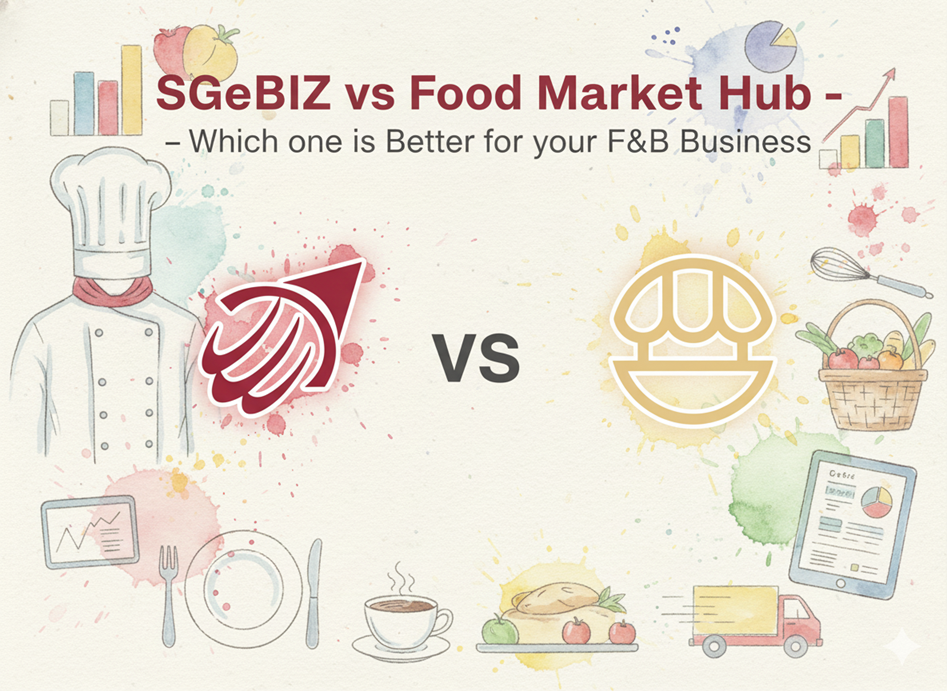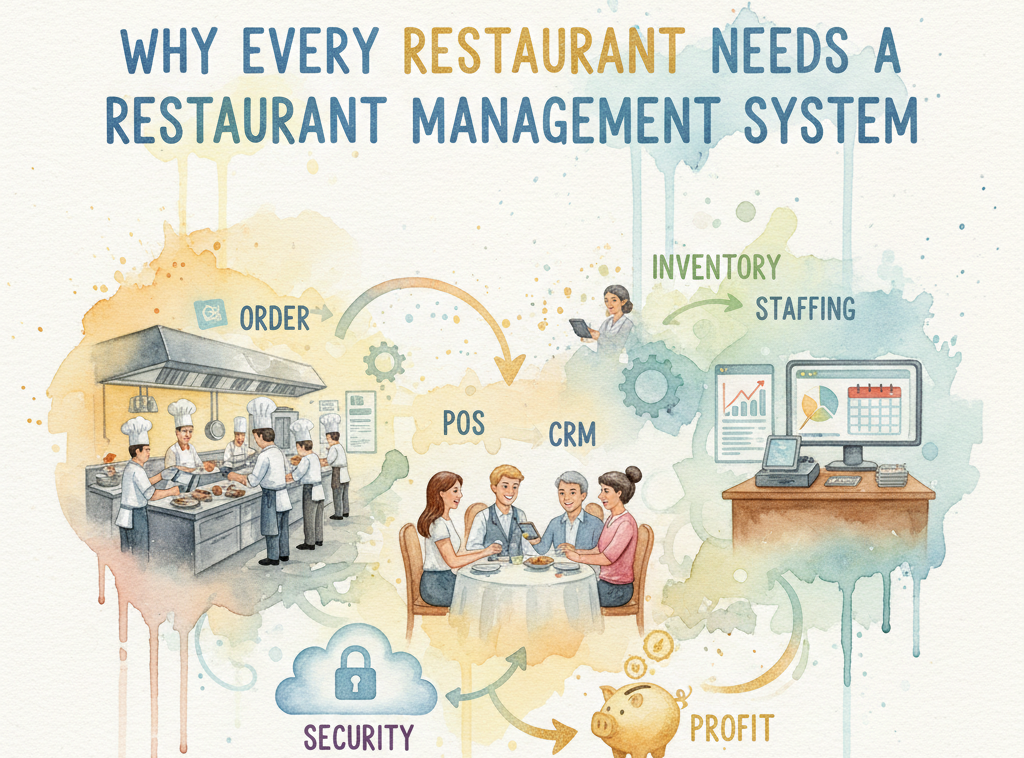5 Supply Chain Trends to expect Post Covid-19

The pandemic has affected not only small businesses, but global demand and consumption. Suppliers are forced to rethink their strategies. COVID-19 has affected every stage of the supply chain. Here’s a question everybody’s been asking: what patterns will emerge, as vaccines begin to roll out and operations return to normal? We’re here to answer that!
1. Digitization
As the pandemic challenged the supply chain in new ways, a particular trend began to stand out the most: digitization. Although plans for greater technology already existed, the pandemic exposed several cracks in the chain. Rapid fluctuations in demand became harder to predict, in line with waning productivity and strict SOPs.
.jpeg)
Challenge: Supply chains using manual processes may be left behind, struggling to catch up.
Paperwork and correcting human error is both time consuming and unnecessary. It may be time to look toward third party experts, providing you with the ability to adapt quickly and respond to sudden changes in the supply chain. It can also help transparency and good decision making.
Think of digitization as a safe boat businesses are on- you can hop on in the midst of a storm and stay safe!
2. E-Commerce
Due to stores closing and restricted movement, the growth of the e-commerce market in Malaysia has skyrocketed. As users switched from offline to online purchases, Malaysia has become one of the fastest-growing e-commerce markets in Southeast Asia. Combined with government support for increased e-commerce implementation, consumers are growing to prefer online shopping and online payment options. Post-pandemic, the dramatic increase will remain exactly where it is- the market has been driving toward a compound annual rate of 14.3% between 2020-2024.

This is no surprise- Malaysians are very tech-savvy! However, this also means unpredictable consumer behavior. As a result, there would be a challenge in forecasting patterns.
Challenge: Businesses may find it difficult to adjust to consumer demand and needs, with the usual strategies thrown out the window.
3. Labor Shortage
With unemployment on the rise in 2020, the pandemic has left a labor crisis for supply chains to deal with. As the labor market kicks into recovery, the pressure to hire more logistics workers will return. In May 2021, Malaysia’s unemployment rate dropped slightly to 4.5%.

Challenge: Attracting people with the right skills and solutions, along with a good working environment will be the competitive requirements in supply chains.
The first problem in a supply chain is the lack of factory labor. Without transport and warehouse workers, items never get from factories to distribution centers, or to outgoing delivery trucks. These labor shortages affect each part of the supply chain. There will be a higher demand for goods and services, with a huge reduction in labor availability.
4. Outsourcing
The silver lining of the pandemic was how it shone a light on internal cracks, allowing us to patch it up. However, it may be necessary for a specialist to take care of those cracks. Many companies used experts to integrate with backend operations while dealing with external parties.
It may be time to consider diversifying your supply network. Using only one location may increase the risk of the potential loss of goods. This would leave you with nothing to offer your customers. By evaluating other sources, you could gain higher clarity and understanding of flaws throughout your supply chain.

Challenge: Without outsourcing, you may need to juggle several priorities. In other words, you can't respond to huge changes in the market while focusing on core business tasks. Choosing not to diversify your supply chain will leave you with no backup options. Imagine being stranded on an island, with no supplies to help yourself. Joining the increasing drive toward outsourcing may be essential for survival.
5. Intelligent Forecasting
Although the drive toward intelligent forecasting was already in the works before the pandemic, it is essential to use it now. Unpredictable consumer behavior have caused suppliers to abandon past patterns to manage inventory. Luckily, as we return to stability, we have the option of using software to manage analytics and forecast inventory.

Challenge: Without fully utilizing machine learning and software, managing inventory is an obstacle. How do we know the amount we need? It may all go to waste when consumers don’t behave the way they did last week.
Your supply chain can be fully integrated with networks of data with intelligent forecasting. This greatly improves your cost control, efficiency and decision making.
Conclusion
To sum it up, it may be high time to hop on these emerging trends! Post-pandemic challenges can seem daunting, but not to worry- we have the perfect first step for you.
Digitize and outsource your business with Food Market Hub! We can take care of your backend operations, allowing you to prioritize your core business. Take advantage of intelligent forecasting with our software, while hopping into the e-commerce train! Let business owners shop for both you and groceries on our platform.










